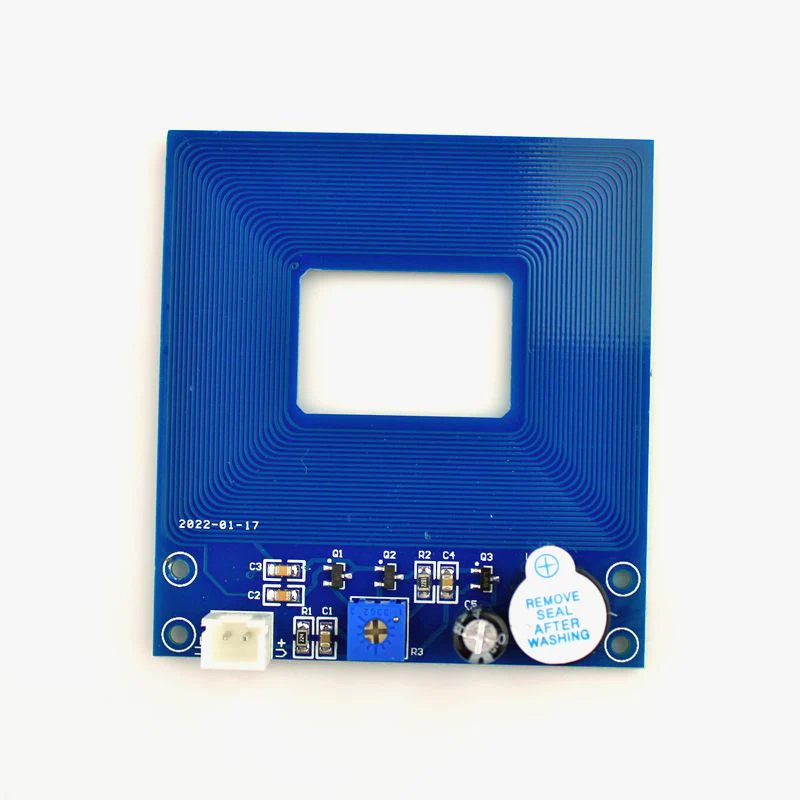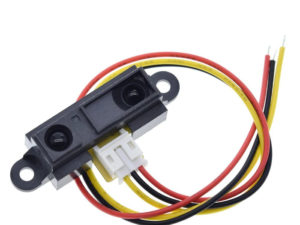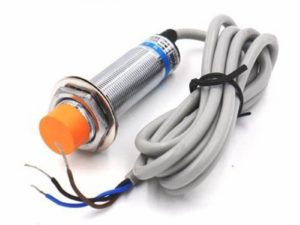Description
A metal detector module is a device that is used to detect the presence of metal objects within its proximity. These modules are commonly used in a variety of applications such as security screening, industrial metal detection, treasure hunting, and archaeological exploration.
The basic components of a metal detector module typically include:
- Coil: The coil is the sensing element of the metal detector. It generates an electromagnetic field which interacts with nearby metal objects. When a metal object disrupts this electromagnetic field, it induces a current in the coil, which is then detected by the circuitry.
- Control Circuitry: This circuitry is responsible for controlling the operation of the metal detector. It typically includes components such as oscillators, amplifiers, filters, and microcontrollers.
- Indicator: Most metal detector modules include some form of indicator to alert the user when metal is detected. This could be an audio buzzer, LED lights, or a display screen showing signal strength or type of metal detected.
- Power Supply: Metal detector modules require power to operate. They may use batteries or be powered by an external power source.






Reviews
There are no reviews yet.